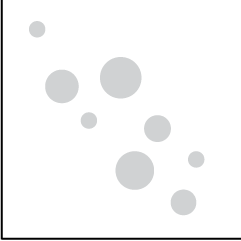
Big news for all you Edward Tufte fanboys and girls. He will be joining the Recovery Independent Advisory Panel who will advise The Recovery Accountability and Transparency Board. The Board’s purpose is to track and explain how the $787 billion in stimulus funds is being put to use.
I’m doing this because I like accountability and transparency, and I believe in public service. And it is the complete opposite of everything else I do. Maybe I’ll learn something. The practical consequence is that I will probably go to Washington several days each month, in addition to whatever homework and phone meetings are necessary.
Whether Tufte will have a direct impact on graphs like these, I’m not so sure, but it certainly won’t hurt. I mean the man does know a thing or two about dispersing information.
[Thanks, Yuri and @tbeauchamp]
















 Visualize This: The FlowingData Guide to Design, Visualization, and Statistics (2nd Edition)
Visualize This: The FlowingData Guide to Design, Visualization, and Statistics (2nd Edition)










